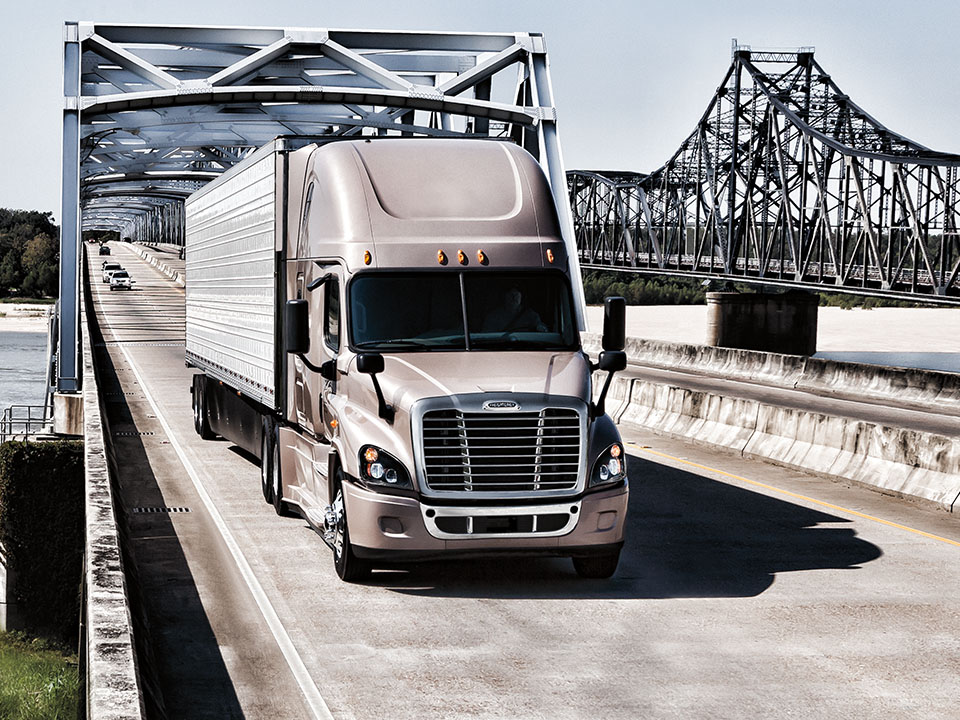There is no disputing the fact that e-commerce has completely upended the retail industry; but it’s also affected every aspect of their supply chain … including shipping and delivery.
If you had searched for the term “final mile” as it pertains to shipping a decade ago, you would have had to search long and hard. But the explosive growth in e-commerce along with the rise in customer expectations for quick delivery has made that “final mile” capability more important than ever.
My recent IdeaXchange blog addressed the need for flexibility in the trucking industry when it comes to delivery schedules and loads. Here are just some of the stats from the American Transportation Research Institute (ATRI) report E-commerce Impacts on the Trucking Industry:
- In the last two decades, e-commerce sales grew by 3,000%
- Between 2015 and 2017, there were 2,130 fewer department stores
- Last-mile fulfillment centers now account for 73% of all industrial real estate
The last two bullet points relate to one another and point to the obvious disruption of the “business as usual” retail environment. Instead of one centralized distribution center supplying multiple retail outlets in a relatively wide regional area, smaller fulfillment centers closer to the end user have opened. This has resulted in shorter hauls and, in many cases, a need for smaller trucks.
As the ATRI report notes, “The growing decentralization needed for e-commerce has created a decrease in the average length-of-haul. Longer inter-regional or national hauls are now being replaced by shorter intra-regional and local hauls. The average length-of-haul for dry van truckloads has declined almost continuously since 2000, falling by 296 miles, or 37 percent.”
Although trucking is pretty much at capacity, the reality is that, in order to meet today’s needs, orders for single-unit trucks increased by 7.8 percent between 2007 and 2016 while the demand for multi-unit trucks has increased only 4.4 percent in the same timeframe. My IdeaXchange blog urges carriers and private fleets to do their due diligence to make sure they not only have the right number of trucks, but that they have the right mix as well. There will continue to be a need for larger trucks and trailers for part of the supply chain; but that will likely not be the dominant form of shipping for the future.
What this change has also created is a greater need and demand for even more strategic logistical planning, which has led to a growth in 3PLs. These companies are working to make delivery as convenient and timely as possible for all parties involved including, of course, the final end-user.
That has also created a demand for logistics professionals as well as advanced technology solutions that have good analytics and planning capabilities. Whether you have an in-house logistics operation or use a 3PL, knowing where your shipments are at any given time has never been more necessary.
Plus, since returns are much higher for e-commerce purchases than for those purchased in the store, there is a need for reverse logistics as well. Returns for online orders range between 13 and 30 percent, while in-store returns are estimated to be 8 percent.
Logistics, trucking, retail … all of these have been impacted by the rise in e-commerce. Make sure your company has done everything possible to adapt and succeed in this brave new world.





